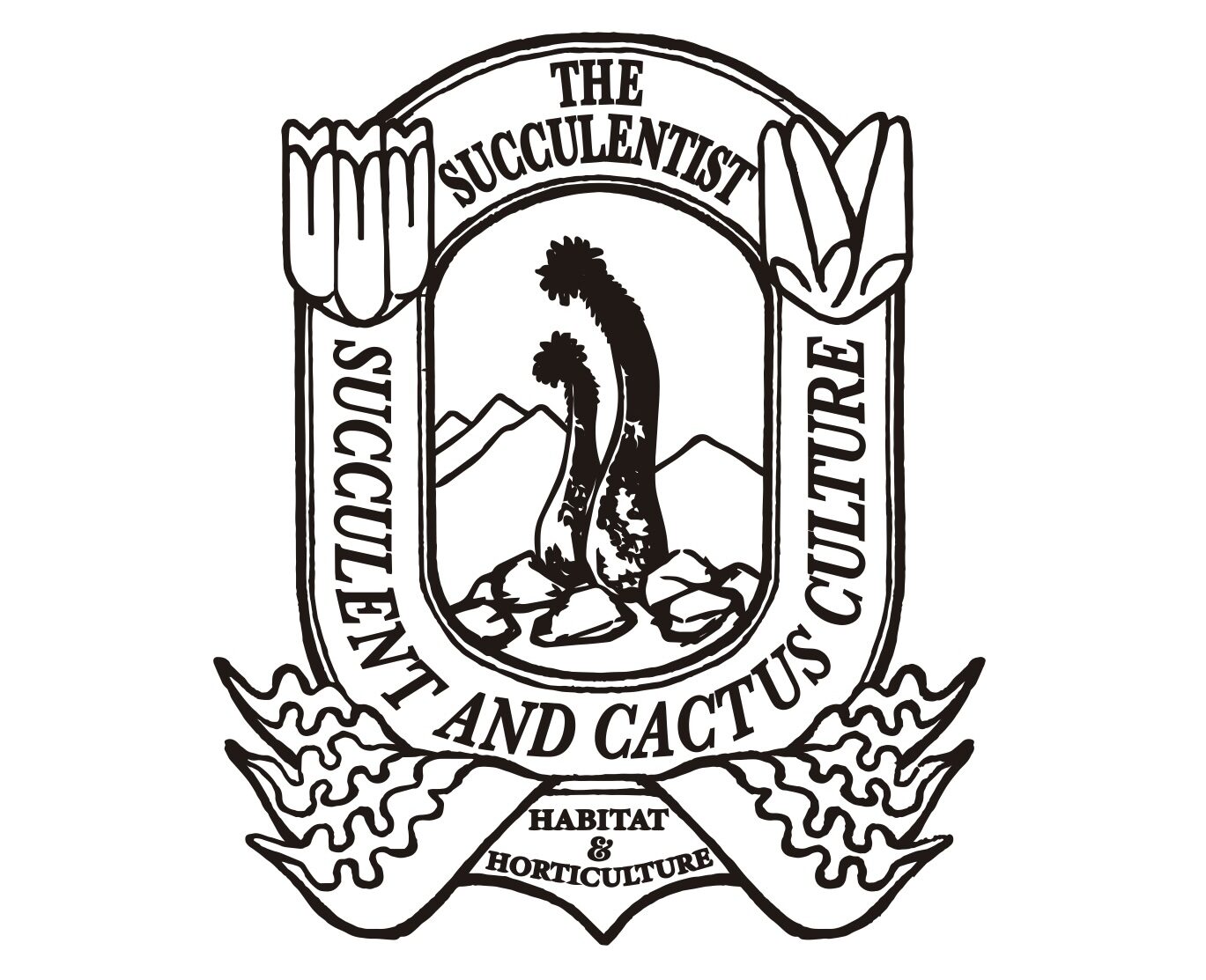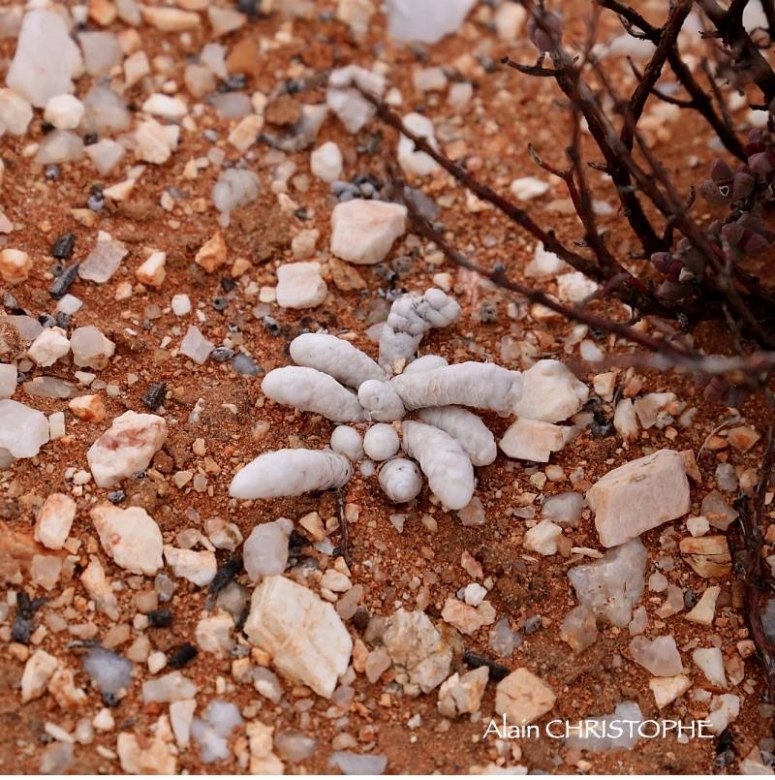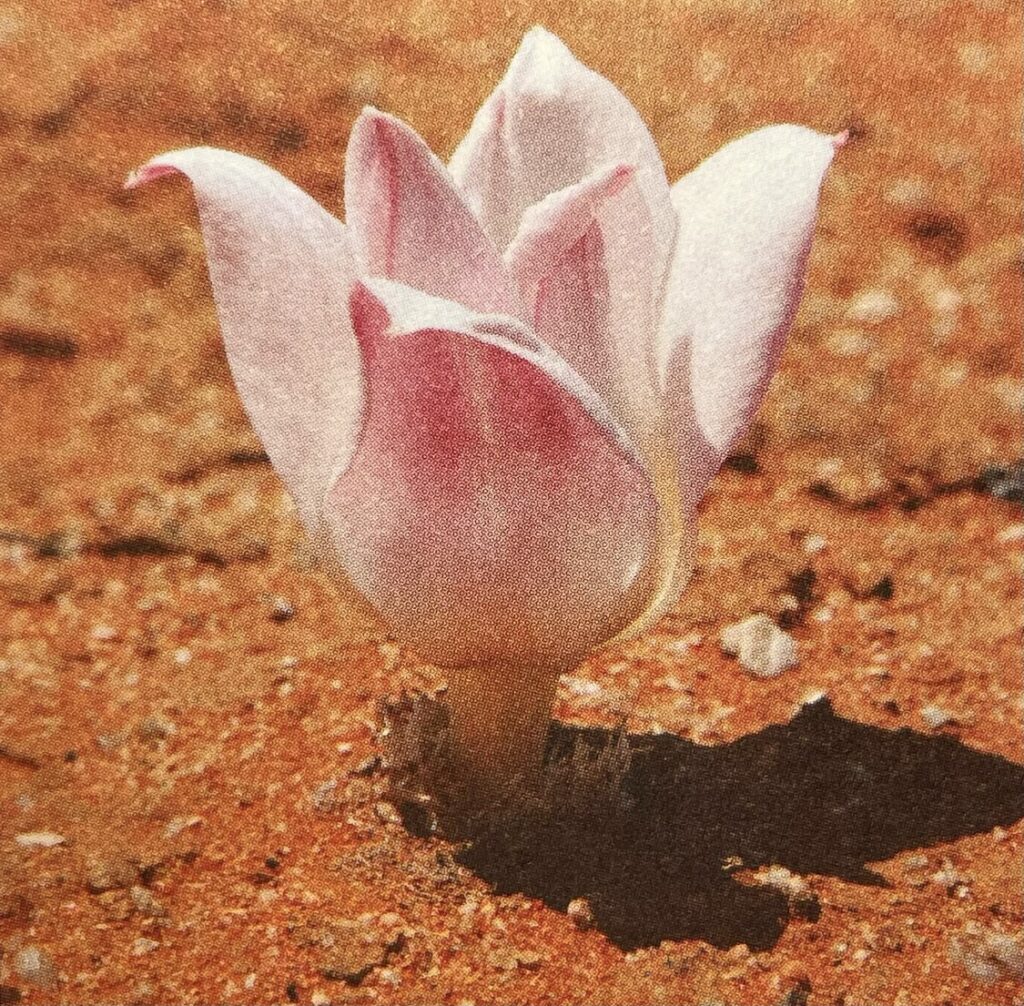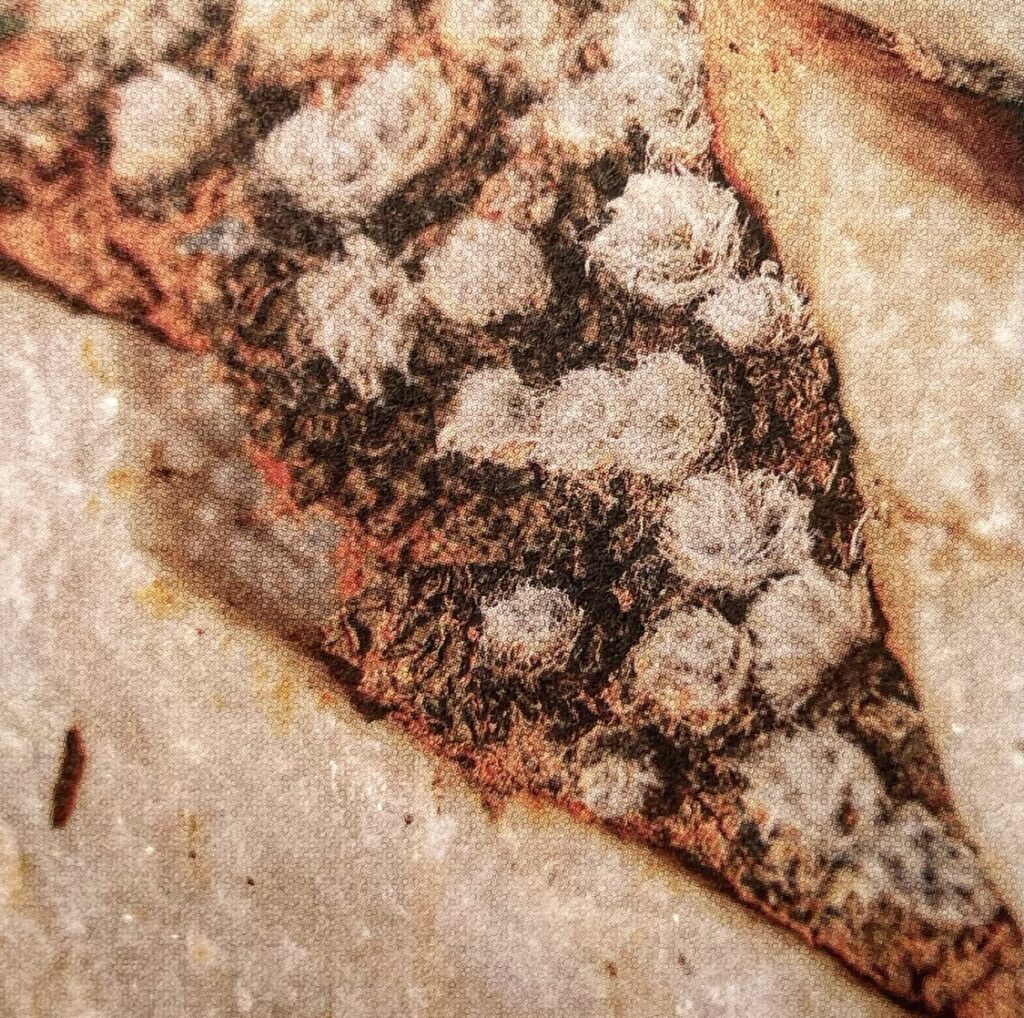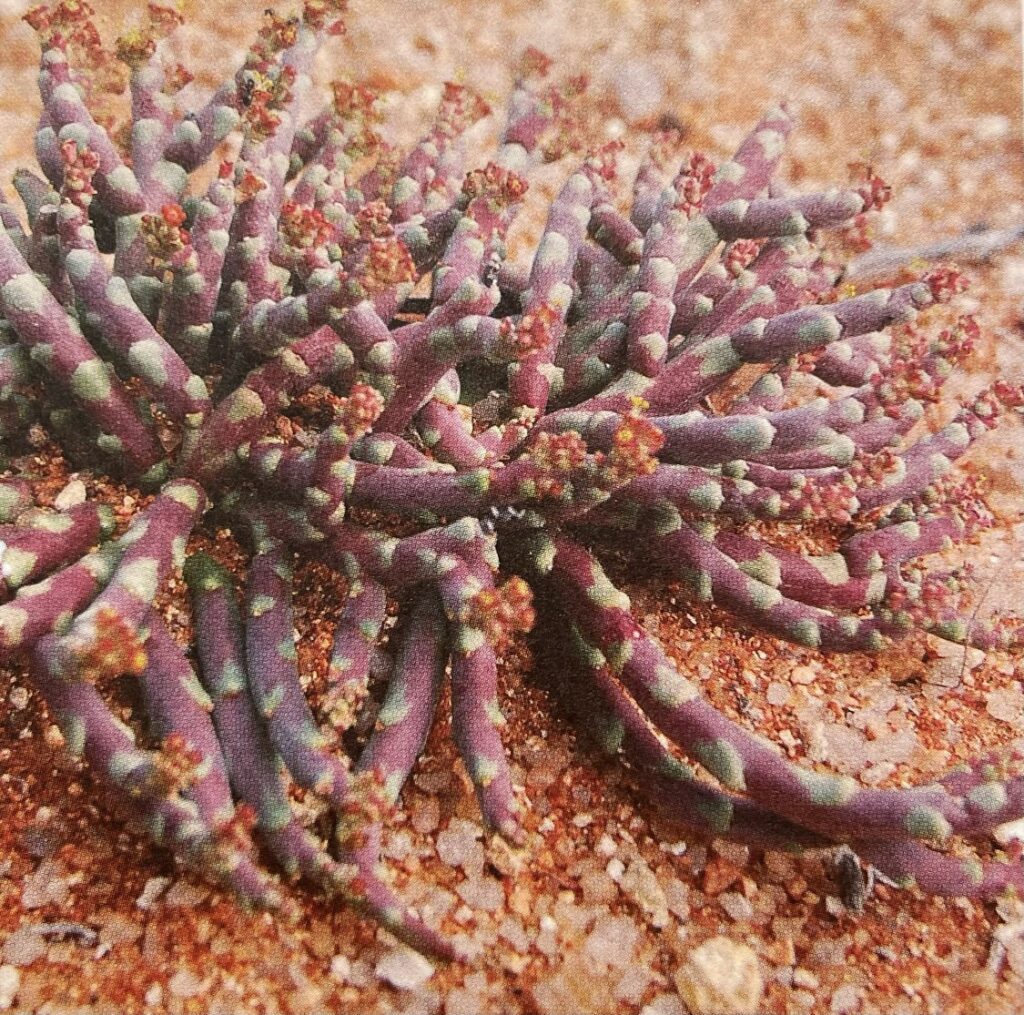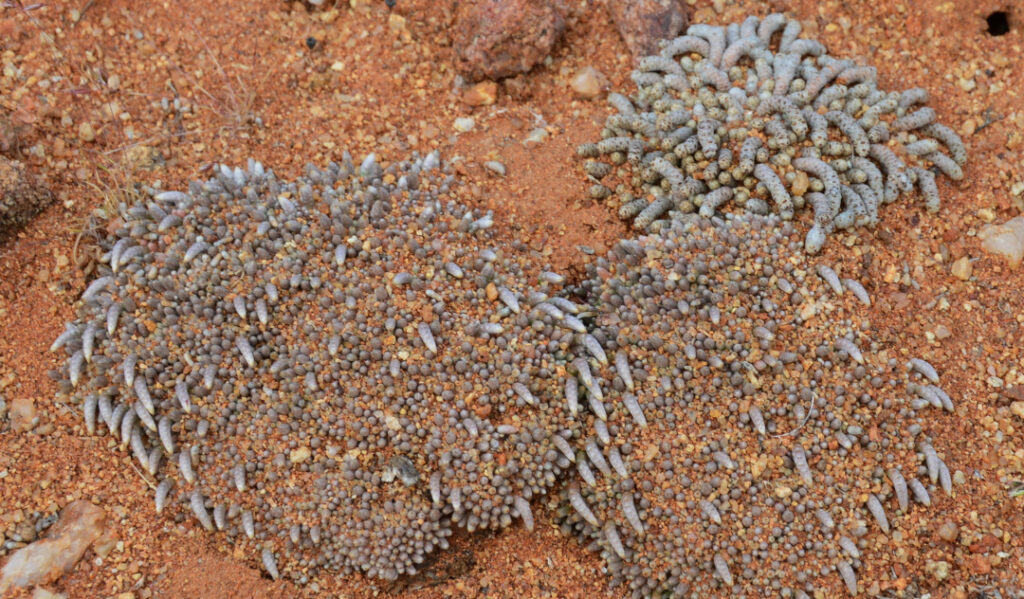Story of the Surface Sand
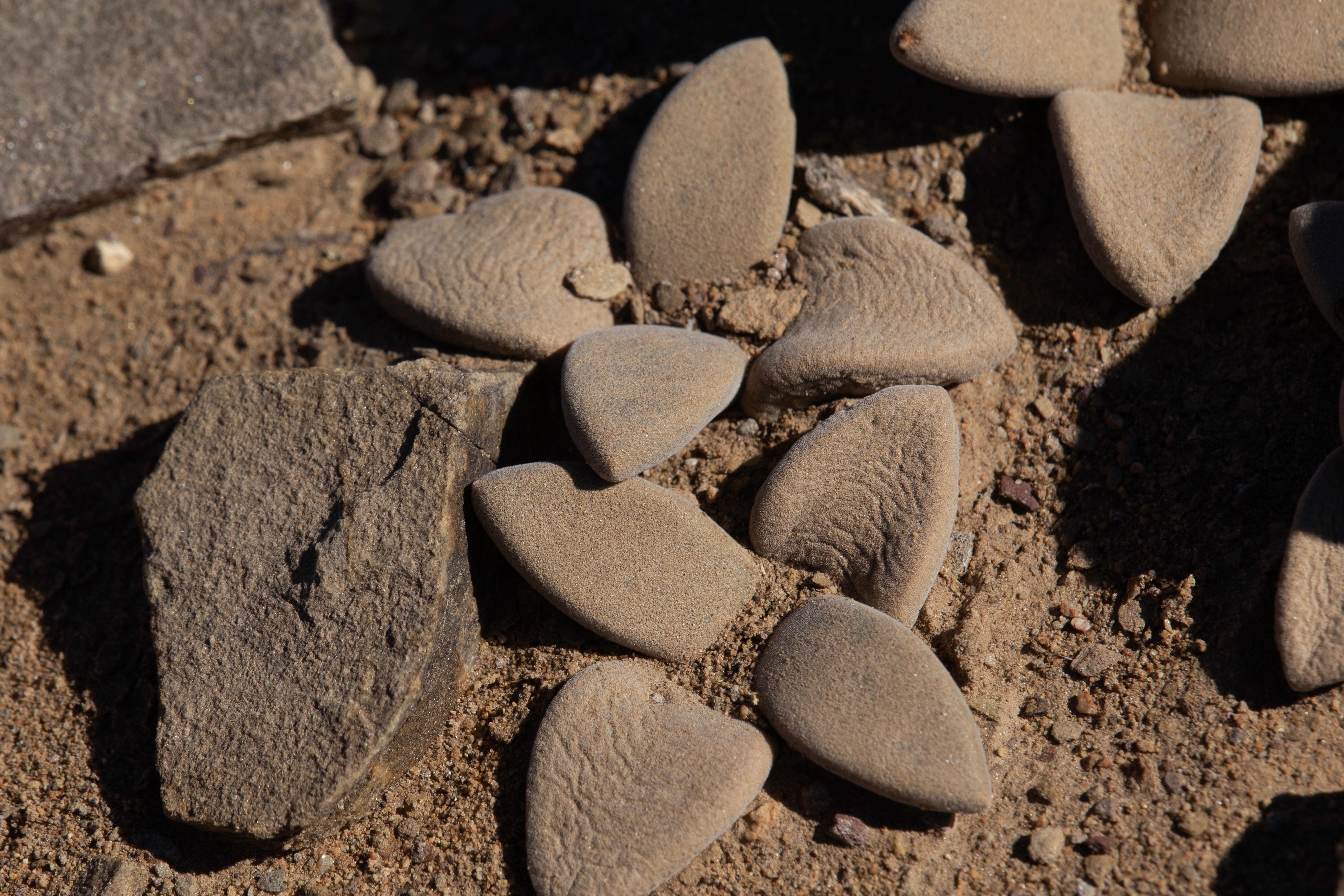
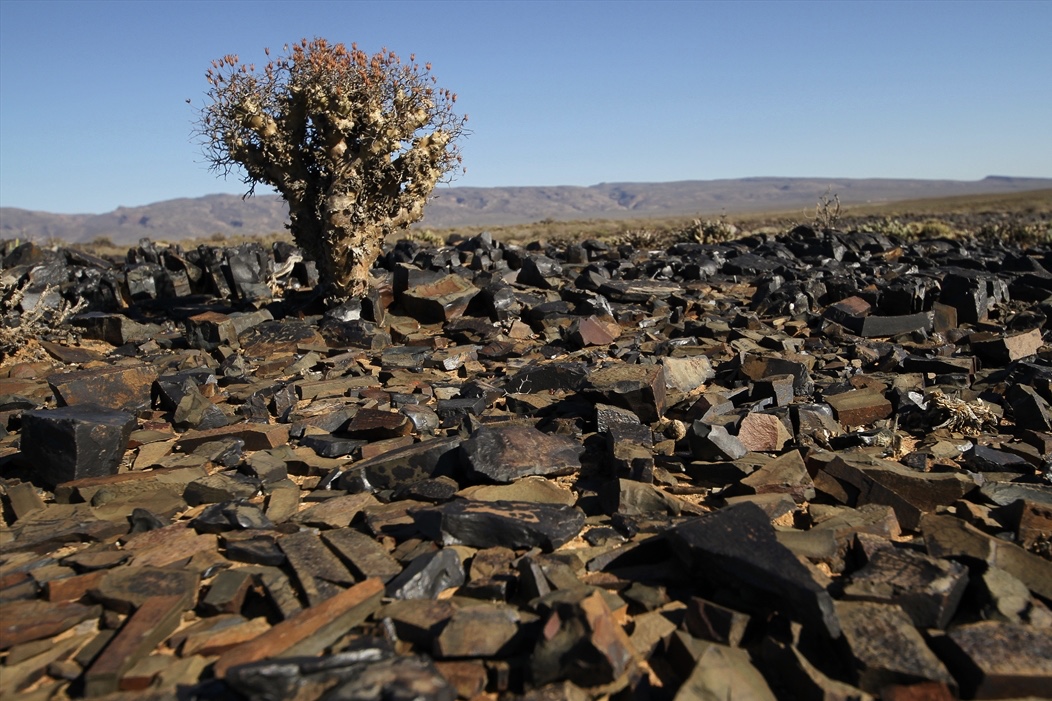
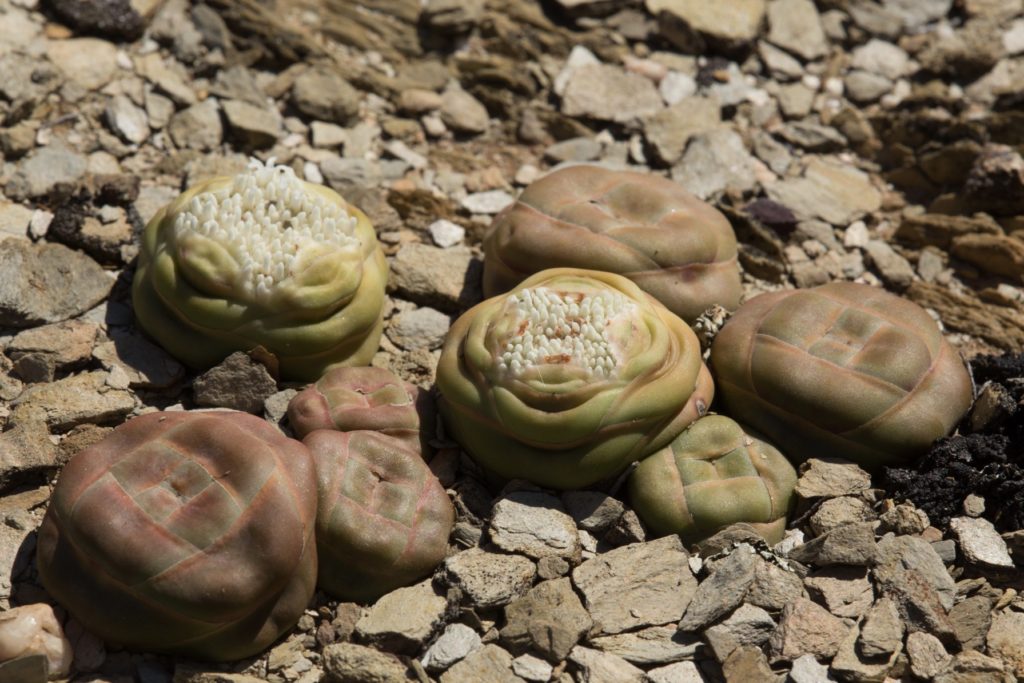
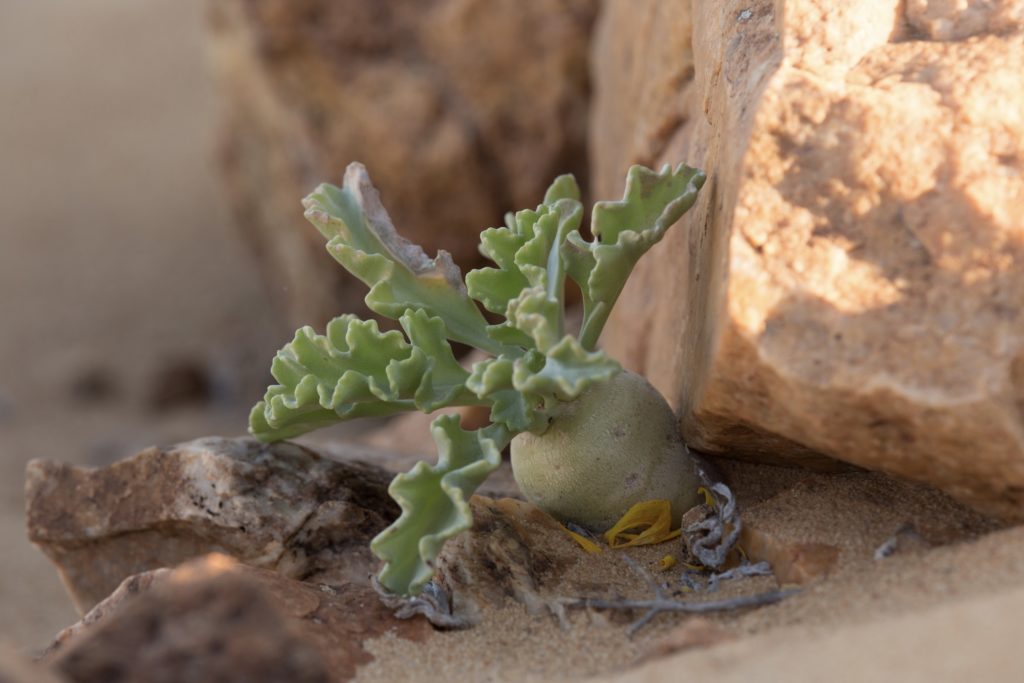
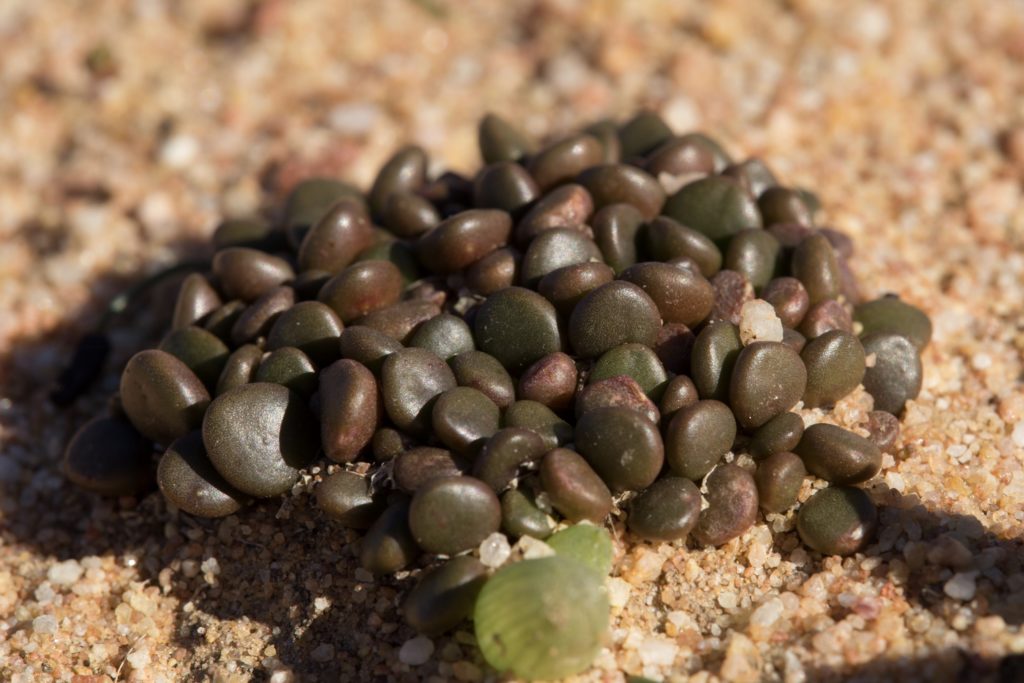
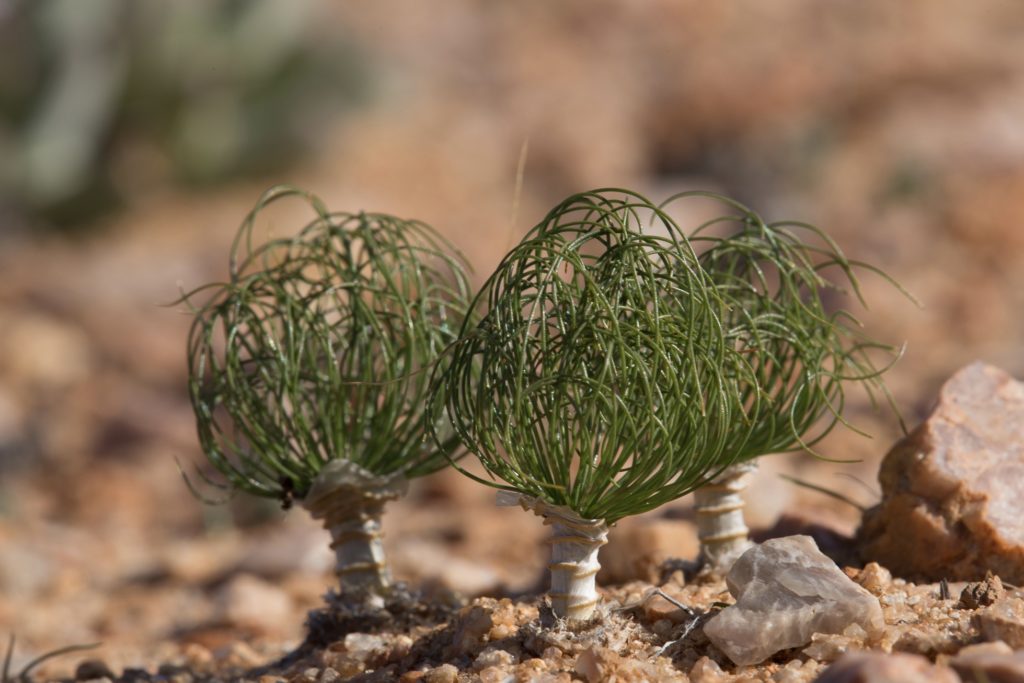
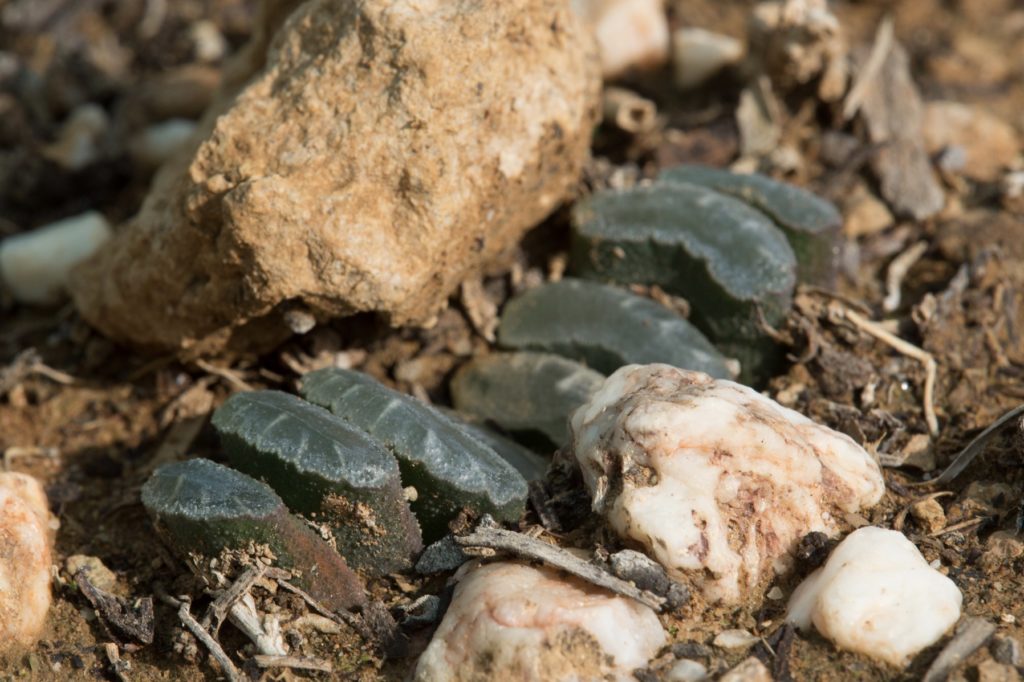
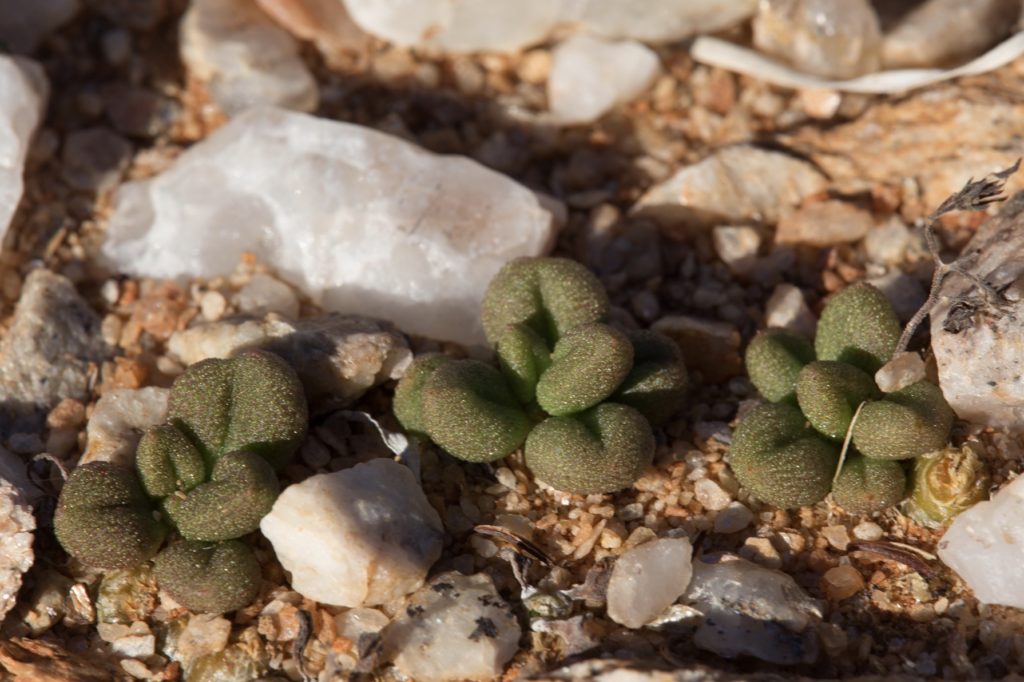
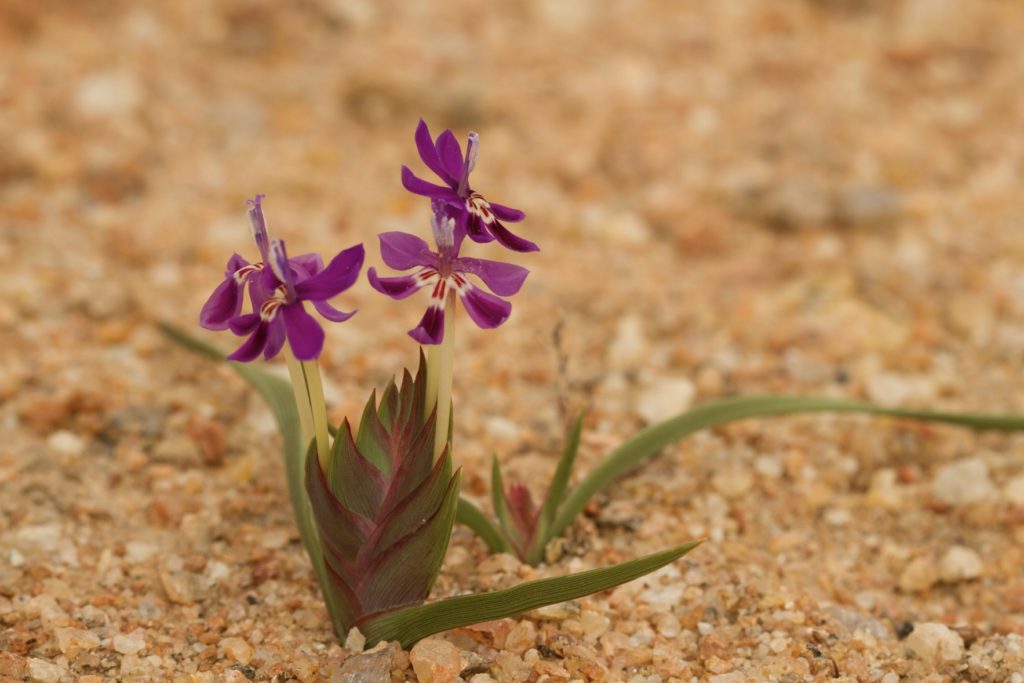
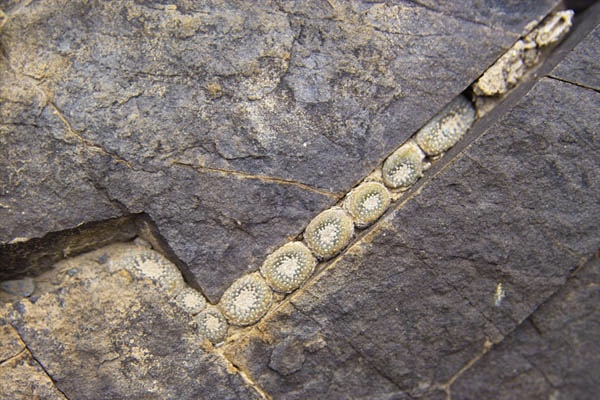
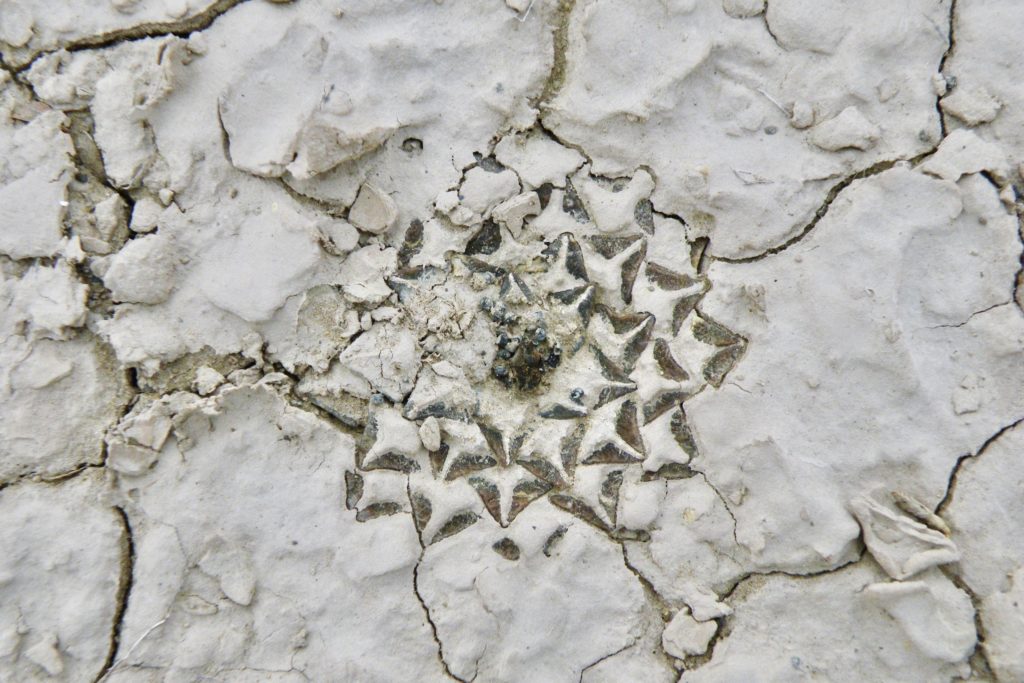
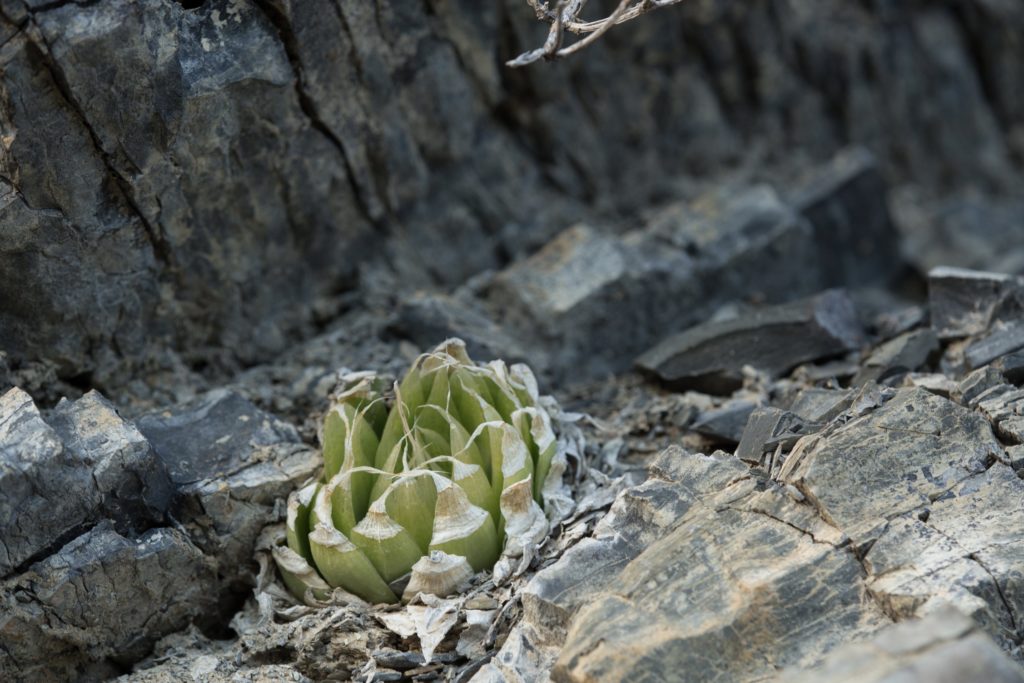
photos ©︎Etwin Aslander/Amante Darmanin
Prologue of Habitat Series
I’ve dreamed of a lot of scenery like these. When I spent time in my greenhouse, every time I saw succulents which had been collected from all over the world, my consciousness walked around their habitat. Many of the habitat scenery are in my mind by reading many great books like ‘Euphorbia Journal’. Kenyan Adenium is buried in the red soil of Kenya, varieties of living stones like Mesemb, Crassula which live in white quartz field, depressed Strombocactus that seems to be half buried and stuck to the cliff, Brosfeldia that is growing rich in the gap of the rock and the shape is almost square … Lophphora depressed into fissured mud, Ariocarpus kotshoubeyanus that has become flat like a painting. Conophytum sunk in puddles after rain, Crassula dried and curled up but looking glossy enough during surviving dormant.
Their luster and surprising flatness peculiar to the habitat of their origin.
In rock cracks, with only a spoonful of soil, their glossy yet tight surviving figures.
The more you getting familiar with cultivation in Japan, the more the wonders of the habitats become highlighted. It seems that there is a completely different property and physicality from popular soils such as Akadama soil, which are used in Japan. Once we imagine that how Ariocarpus kotshoubeyanuscan survive burying in such mud , it looks hard to live in such mud of considerable moisture stress. But there in such harsh habitat, they can grow up and show invincible beauty. There must be a secret there. I myself have been researching the use of normal substrate using Akadama soil or pumice. However, the wonder of habitats seems not to be on the extension line of such cultivation style apparently. No matter how much I brush up my growth skill by using Akadama, no way to reach the beauty of plants in nature. I suddenly realised to start a step forward new-way world that is far from the conventional way of making it grown fast, big and beautiful. Here, a series that connects cultivation and habitats approaching to such natural wonders. That’s what I call the ‘Habitat Series’.
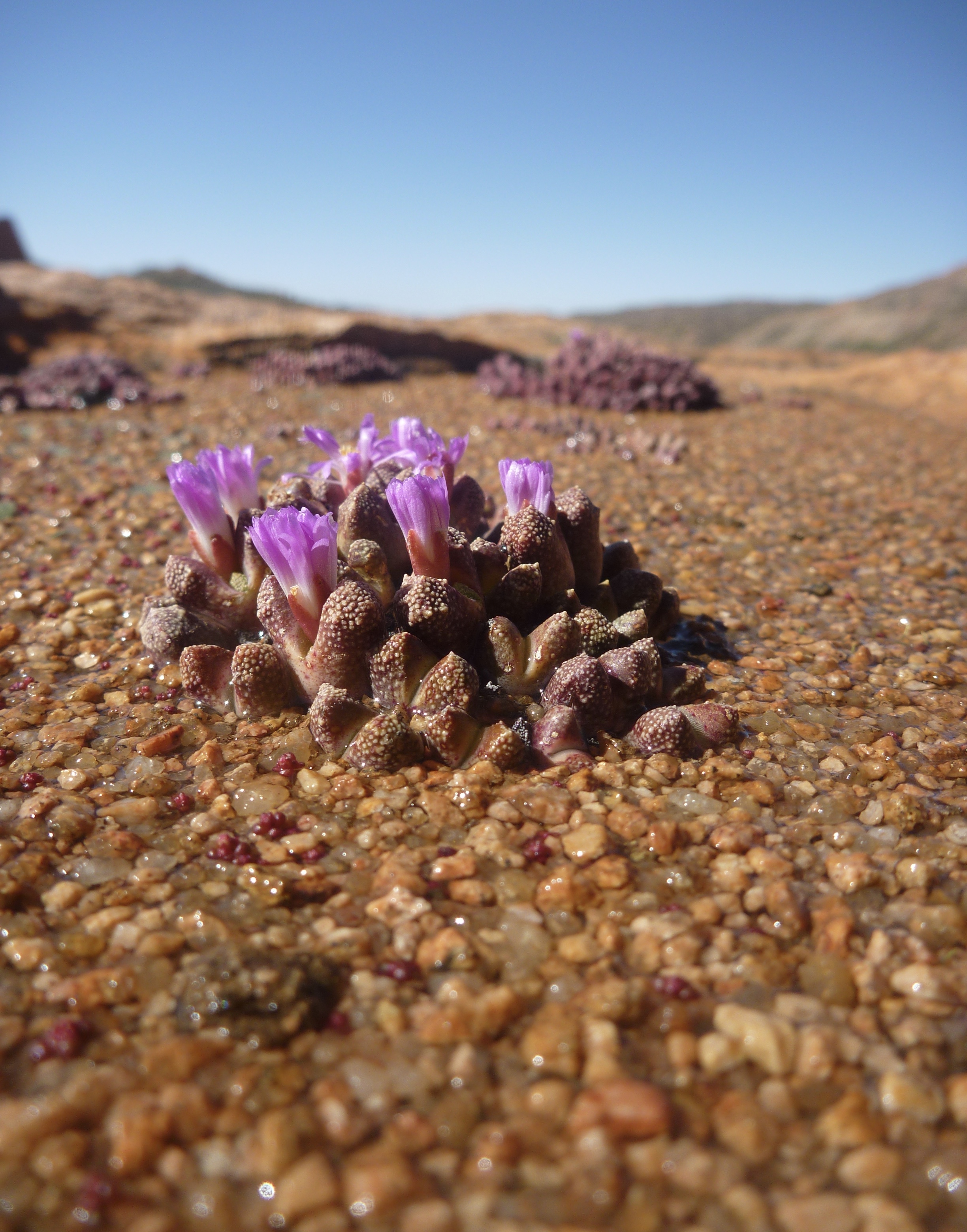
photos ©︎Florent Grenier
In habitat series, the core part to study is the soil called Surface Sand. Succulents are distributed all over the world and live in various environments. Naturally, the environmental climate, and the soil are also various. When I make prototypes for the Habitat Series, I have actually introduced real materials from overseas in their habitat, my friends sent me a real things. I have met and got inspired by a small number of keen growers overseas who grow in unique ways during my traveling.
Surface Sand 01, motif of quartz-field in South Africa-Namibia
The very first Surface sand offered here this time has motif of the quartz plains in western South Africa to Namibia. If you love succulents, no one has never thought of the place. It is a place called a sanctuary. Cape, Namaqua national park, Namibia. A quartz plain like caramelized sugar. There are all sorts of A-to-Z Methembs and diversed bulb species growing there: Tylecodon, Othonna, Crassula, Pelargonium, Conophytum, Lithops. It’s a sacred place of my admiration. This quartz plain brings up these living-jems rooting in a few centimeters depth of the ground by catching a little fog water. Here, the surface can’t be ignored to know the secret behind nature in habitat.
There was a big wonder which coming up every time cultivating them in Japan. I thought about such a scenery of South Africa. In the photo below, you can see the parent sphere of the Conophytum comptonii and some of the their seedlings about 1mm that live together. Because it is naturally distributed and inhabited there, it is natural that life cycles of the generation has occurred thus in the place of habitat, but this is not indeed ‘natural’. The biggest wonder is the sand where both adult plants and tiny babies can survive in such dry environment to be mature. This can’t happen in grains like Akadama soil, which are commonly used in Japan. This wonder was the key for the start of the ‘Habitat Series’, and as a result of studying and trials for long time, the Surface sand 01 is offered here.
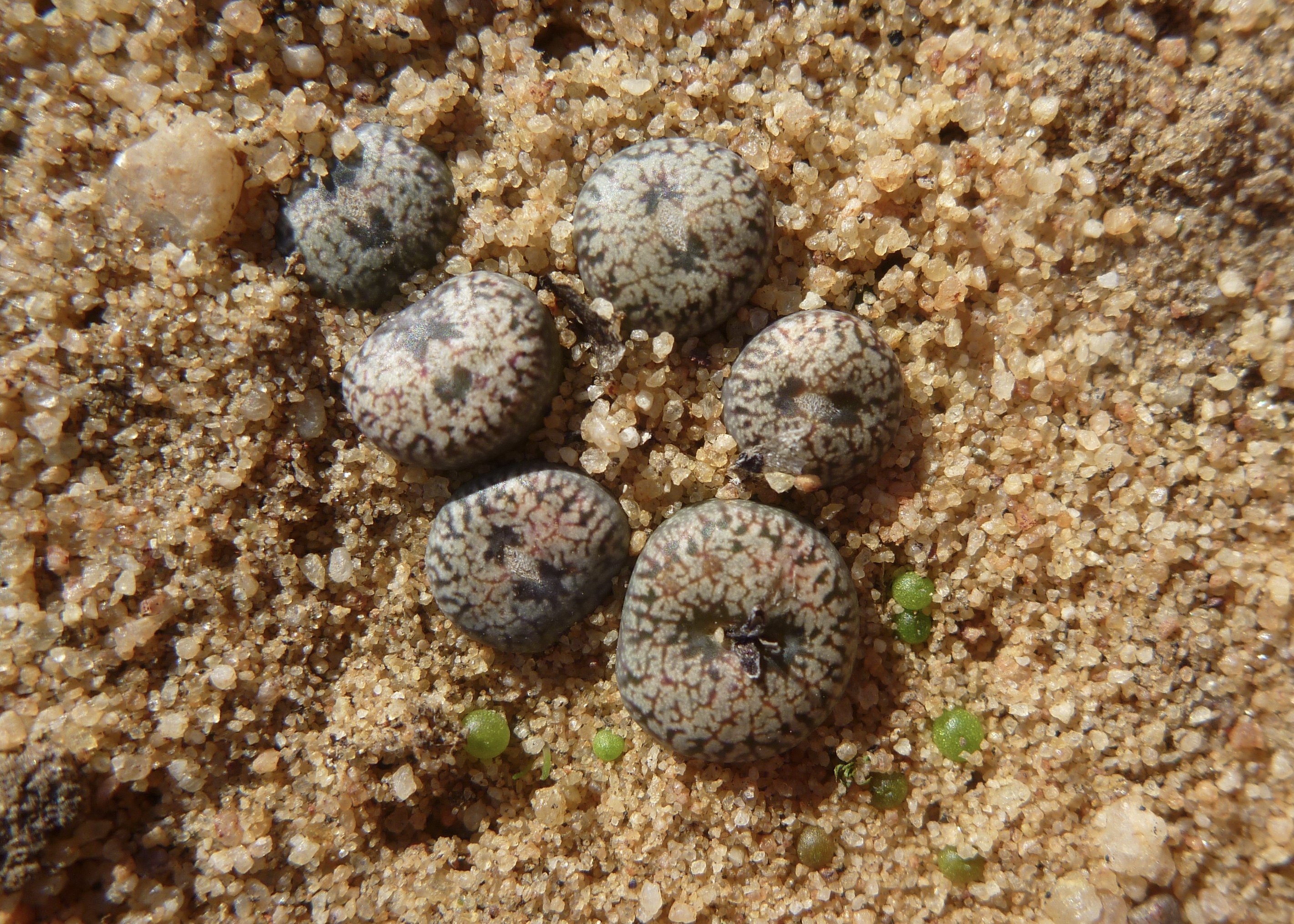
photos ©︎Florent Grenier
You can easily find a “makeup stone(decorative rocks)” like this kind of roughness. Like the bottom sand of tropical fish, they looks beautiful and quite good appearance. However, if you pull that “stone” on the pot surface, you won’t be able to see the drying of the soil inside the pot at all. The makeup stone like black volcanic stones dries asap after watering, there shows little change of colour, even though substrates inside pot are wet, so it mislead too much watering happens. In that case, it is not possible to see the soil wet or dry at all under a such makeup stone. It does not reflect some of the moisture in the pot. This is very difficult to grow. To begin with, the permeability seems to be a colander in such treated stones, it cannot be happen the puddle after rain . The water-keeping power is 0, and the growth can not be brought up in such soil. Let’s imagine and approach the scale of nature by tilting imagination into habitat more rather than the scale of human who screens things such as S, M, and L.
Many of these field of western South Africa are made of hard quartz. The quartz are hard like glass, but becomes weathered and rubbish in a long time, to be fine grains and fine dust, and covers the ground. It is not difficult to imagine that the soil covering the place of habitat cannot be the same treated size as S, M, L. The quartz layer eroded and weathered by the climate becomes gravel and dust, and grains of various sizes mix to make up the soil. Fine grains and fine dust which are often disposed horticulturally are also mixing there in nature. Because of this fine quartz grains and dust, after the rain, a landscape becomes like a puddle. In general, growers dislike fine dust. It is natural because it causes clogging and root rot. “Fine dust” refers to particles of very fine size, but from the structure of the crystals themselves, there are divided ‘muddy’ ones and ‘sandy’ ones. The dust which is disliked in the bag of the Akadama is the one of the ‘muddy’ which has a micro water absorption structure in the crystal structure, keeps water in itself, and has water much more than necessary. This can cause root rot in the cultivation of succulents.
On the other hand, many of these fields in western South Africa are made of hard quartz. The glass repelled the water, and the quartz hardly absorbed water in the particle itself. It is the same even if it becomes fine like the dust. However, when the particles are very small, a water supply force different from the water supply force of the particles themselves is born. That is the physical capillary phenomenon. Fine quartz dust, thereby capturing water between their fine grains. In such soil, when a lot of rains happens once, water gathers and make temporary pond, but gradually and slowly, it is pulled by gravity into ground. This fine dust is able to catch a slight drizzle like a towel sucks water, to moisten a few cm depth of the surface even without raining. The moistened surface brings up tiny small seedlings in the surface. It’s an amazing and inspiring fact.
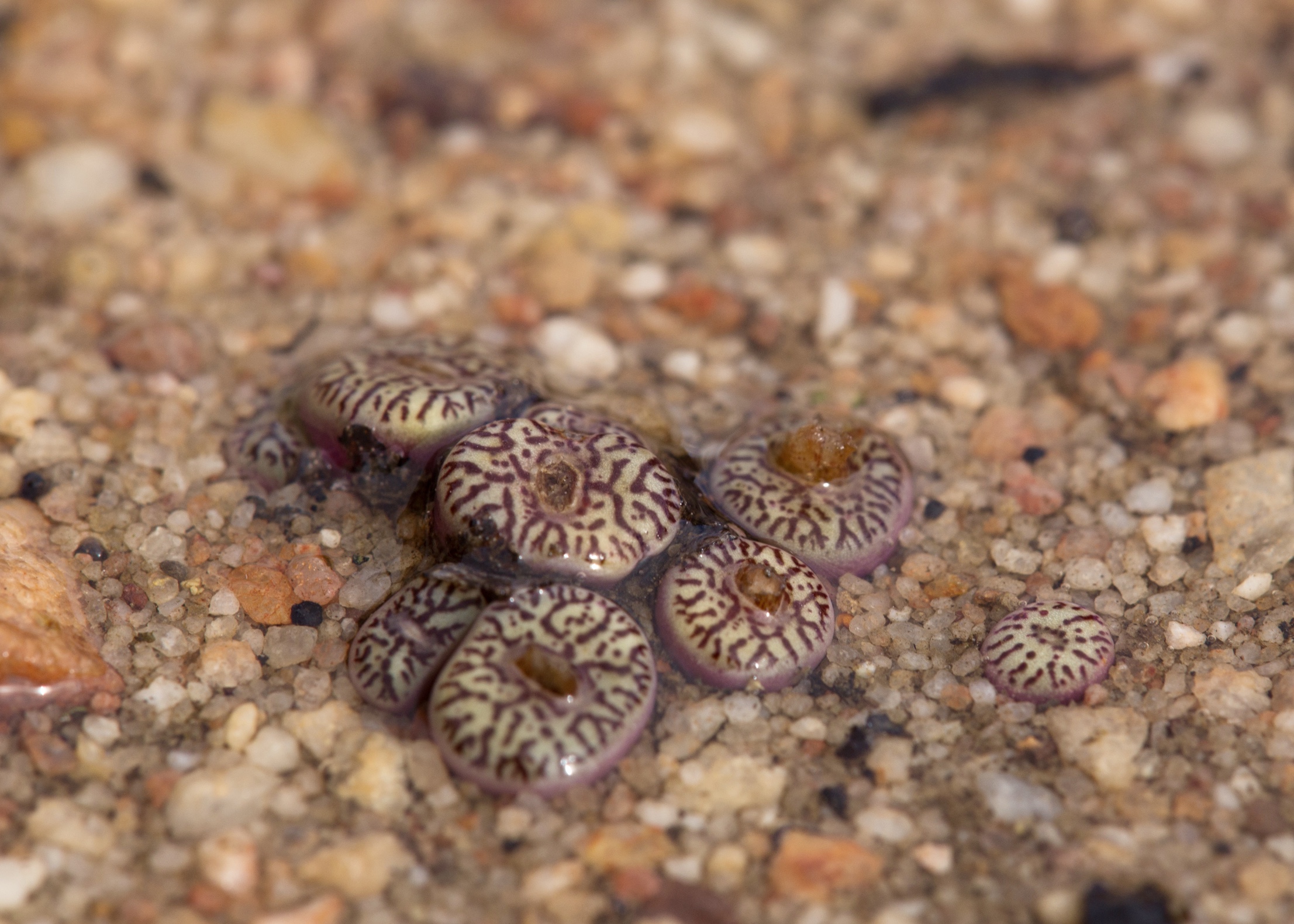
What an amazing sight, Conophytum soaking in water after a rain. Have you ever seen this sight under cultivation? That’s a sense of wonder. Sands in nature is totally different from soils we use.
photos ©︎Etwin Aslander

In this way, Surface sand 01 offered here brought up after studying the physics of soil with a precise imagination while thinking about the plants of South Africa, the scenery, and the habitat. First of all, there is the original sand that is the source of Surface Sand 01, but as it is, the appearance changes every time depending on the place where I dig up. It happens sometimes too much dust or sometimes too many large grains included. At first once I separated into dust, fine grains,small grains, medium grains, large grains, gravel … and mix to reconstruct in best balance. I tested many various proportions. One important feature of surface sand is that it is “natural” as a concept that should not be forgotten. As I wrote a little earlier, the reason that usual makeup stones used in general really look “artificial” is too treated to be aligned. In nature, it is impossible to be composed by only things of the same size. The “randomness” of large and small sand is the natural landscape. Surface Sand also considered to carefully configuring this randomness, erasing “artificial”. In such a way, I remixed the grains of each size that I had separated earlier, And made the Surface sand with the mixing ‘golden ratio’ I finally found. The package is packaged in a stand-pouch with small mouth. It is designed functionally so that sand can be poured directly into the pot.
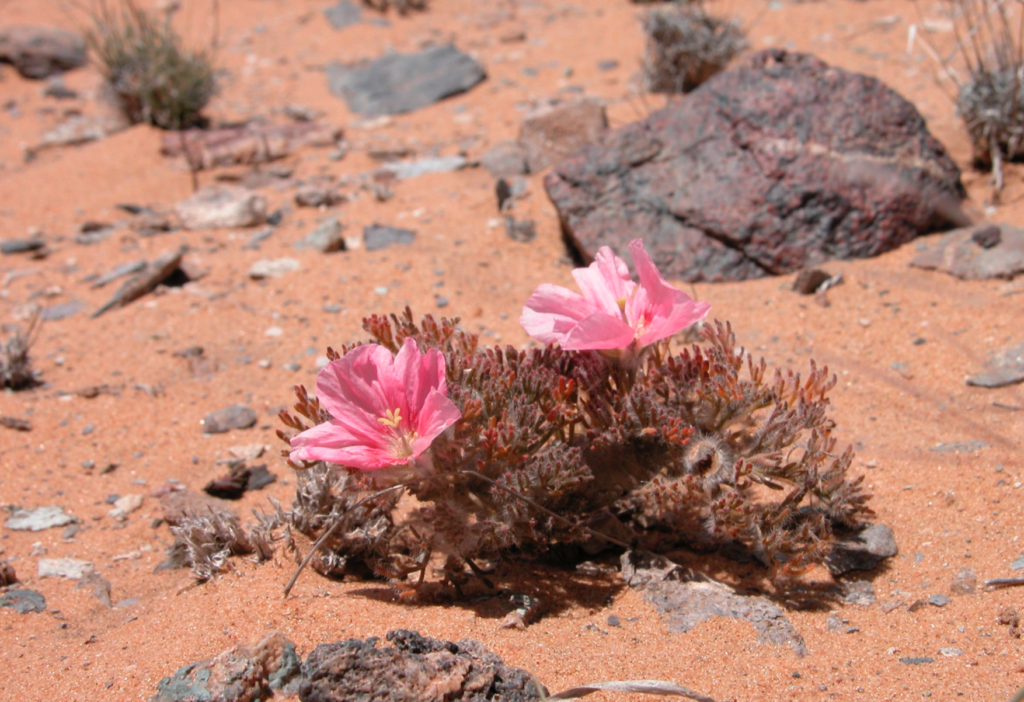
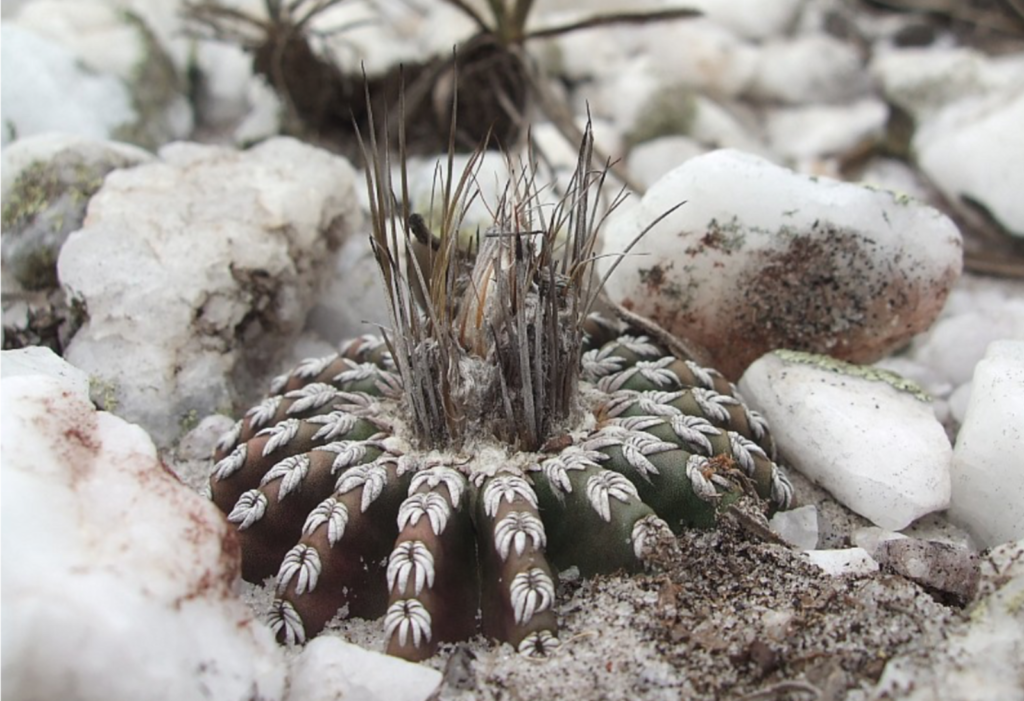
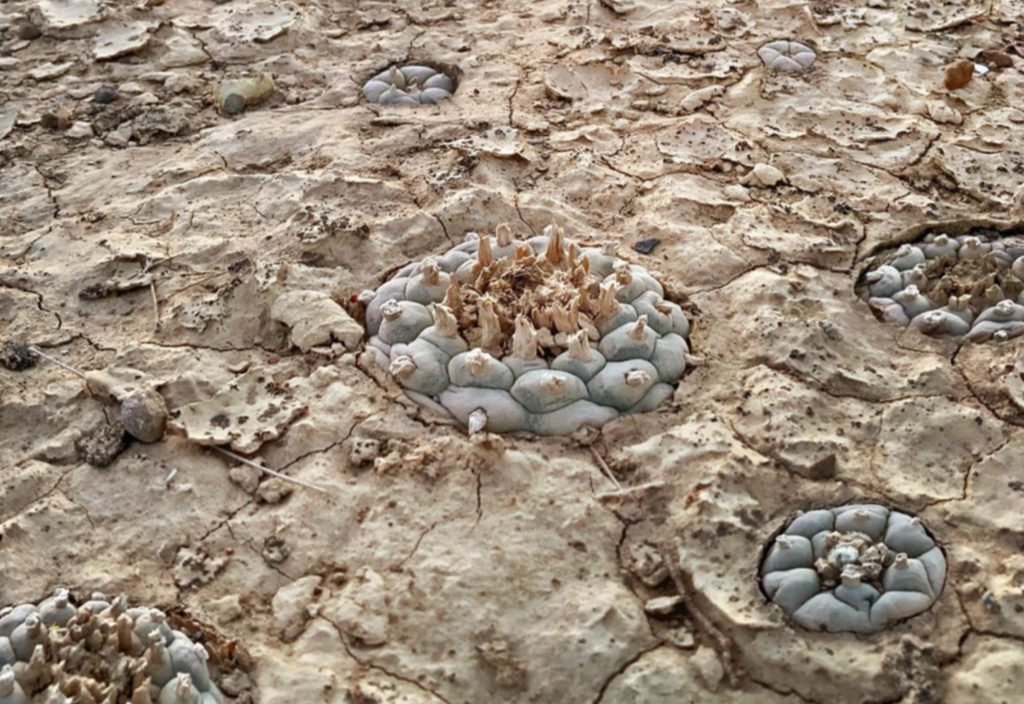
photos ©︎J.A. Audissou/Giovanna Anceschi & Alberto Magli/Peyote.mx
In addition to the quartz plains of South Africa, there are of course special landscapes of habitat that we want to follow. The scenery created by nature is so wonderful that makes me to go to the pilgrimage to the holy place sooner or after all, such as Sarcocaulon which growing in Namib desert covered with inspiring red powdery sand, Lophophora buried in white fissured mud, or Discocactus covered with pure white sand…….. I’d like to try it, and I’m actually researching a series of different colors and compositions of Surface Sand. The increase in the diversity of such materials is epoch-making and bring us the real pleasure new style horticulture to imagine nature. However, I don’t think it’s significant to see if such a landscape ‘actually’ exists in the Habitat Series. It is the point to make your scenery which might have existed in the world by imaging habitats by yourself. The essence of Habitat Series is that it is the acts of imaging habitats, not the “reproduction” of nature it is. I believe this kind of improvisational time to trying your habitat scenery will also strengthen your knowledge and interest about plants in nature. Naturally we will realise how precious and fragile of these natural species and habitats by imaging their habitat. No matter how we say, it is equal to ignorance in front of nature. I mean, not being taught by intellectuals, but the way of imagination, trial and error by yourself is the real core of the enjoyment of horticulture. In turn, the curiosity thinking about the habitats will eventually invite us to habitats someday on our feet. What connects your greenhouse and far habitats in nature, that’s the “Habitat Series”.
“Habitat is the fountain of my inspiration and the climax of my ideals. “
The Succulentist
Kono Tadayoshi
-Series 01 Fin.-
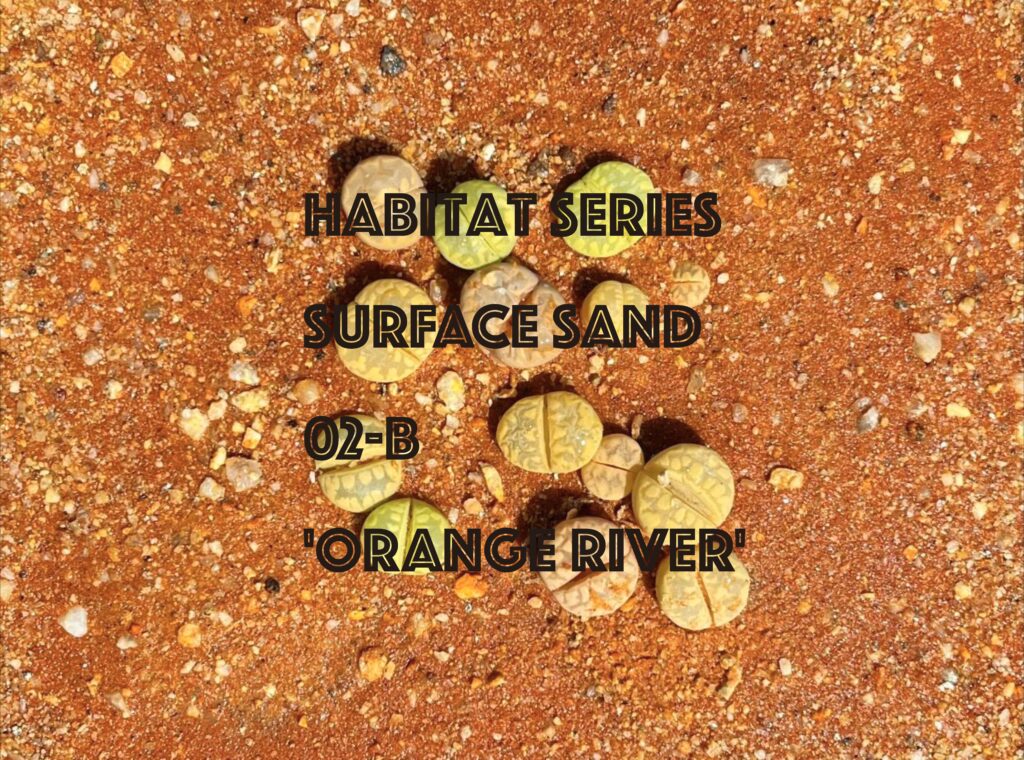
New series Surface Sand SS02-b ‘Orange River’, which motif comes from the boundary area between South Africa and Namibia. The area is one of the oldest as for geology, the quartz sands including iron(Fe) got oxidized to be red color, that represents landscapes of Namibia. That’s a ‘Traveling without moving’ by imagining its habitat. Surface Sand 01 was born, which motif comes from the landscape around Cape, south part of Namaqualand. Sands are still rough( not powdery) and colour is light. Then, Once we moved north to Orange River, sands are getting darker, red.
There in habitat, you can see species living with red sand. The area is more dry than that of Cape area. The plants shapes are adopted to survive in such extreme condition, to be very bizarre fascinating style for us. Such landscape looks so exotic and hard to find in our city-life. Nothing but cool. Here I offer you the SS02-b ‘ORANGE RIVER’ with greatest romance!
Here the link, you can see various beautiful staging by Surface Sand 01 and 02-b.
https://www.instagram.com/explore/tags/surfacesand/
And add your artwork on IG with #surfacesand
